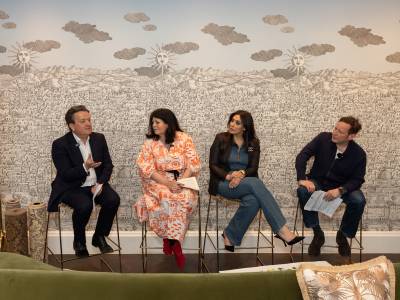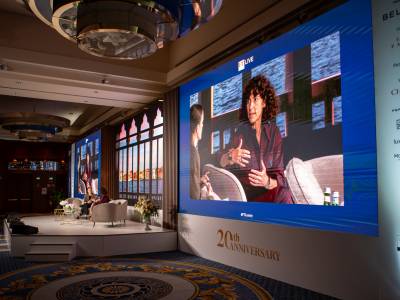Though online culture looms large and consuming content via screens is the norm, surprisingly, the market for antiquarian books is booming. Unscathed by the rise in popularity of Kindles and ebooks, rare tomes continue to generate strong commercial interest, meaning now is an excellent time to start a collection.
Of course, the marketplace for books is one of enormous variety. Prized items can be found in every genre and era, from modern literature and vintage travel tomes to collections of essays, natural history texts and even classic children’s stories.
“While a landmark work such as the first edition of Darwin’s On the Origin of Species recently sold for £150,000, a first edition of Peter Rabbit went for £75,000,” says Pom Harrington, owner of Peter Harrington Rare Books. “We also purchased an Islamic manuscript for a customer for £1m. Sales of that nature certainly don’t come about every day, but there are moments when items will be bought for hair-raising sums.”









